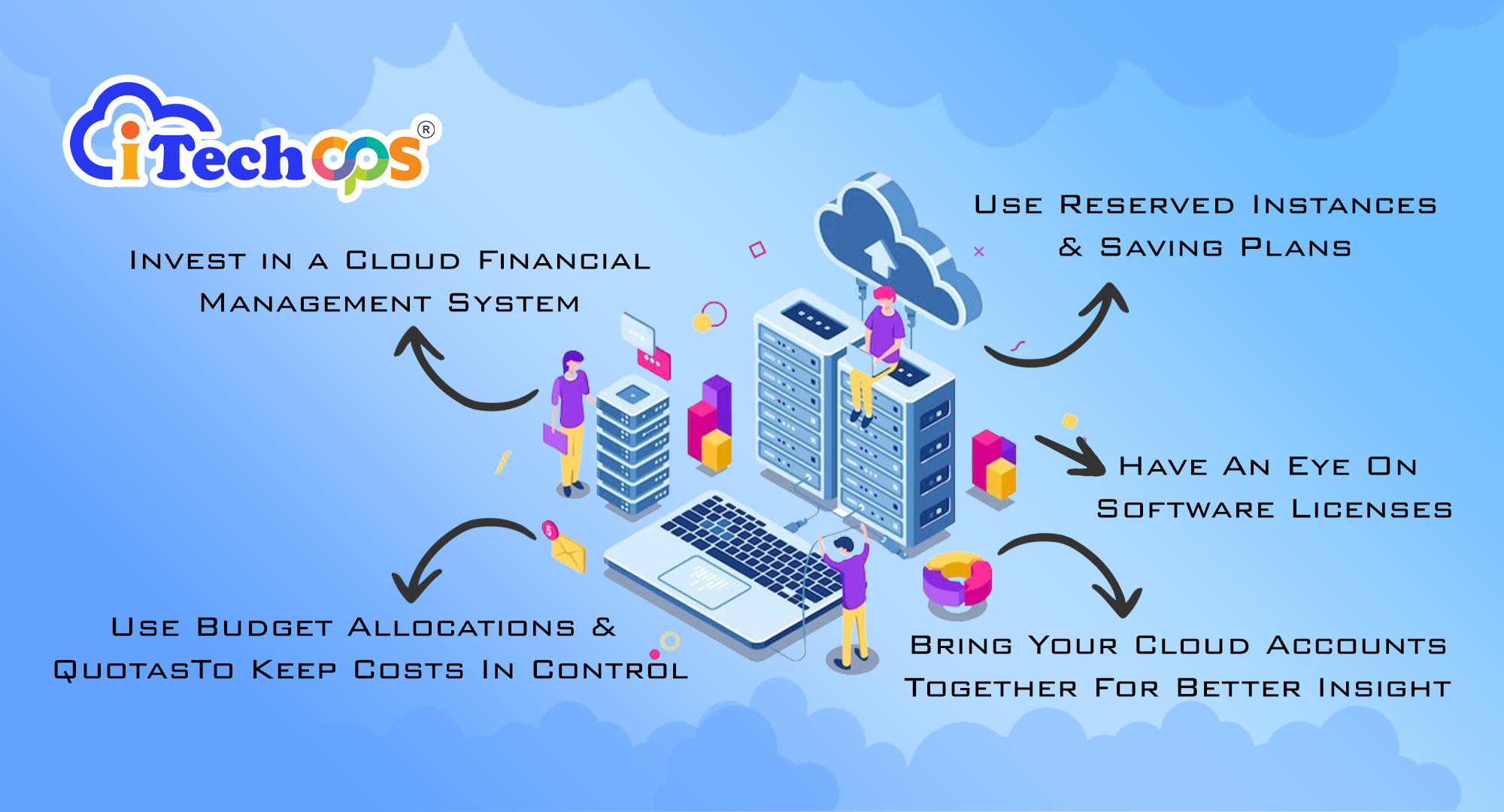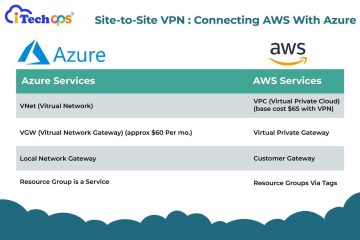Cloud Cost Savings: 5 Proven Strategies

Are you looking for some effective cloud cost savings strategies?
Cloud computing has completely transformed the way businesses operate by providing unmatched scalability and accessibility. With time, more and more businesses are looking for cloud services. However, it’s still a big challenge for companies to manage the cloud cost-effectively.
Without a proper and tested optimization strategy, the cloud cost can increase, defeating the whole purpose of using the cloud. It’s crucial for businesses to effectively optimize their cloud services so that they can grow sustainably, minimizing cost and maximizing effectiveness.
Let’s learn in detail about five proven cloud cost-saving strategies that can help businesses in actual growth.
What are cloud services, and why are people looking forward to them?
Cloud services refer to a wide variety of computing resources and applications available on the internet on a subscription basis. Cloud providers host and oversee cloud services and run and maintain the supporting infrastructure. This makes software, networking, databases, storage, computers, and other IT resources available to users whenever they need them.
Crucially, this is accomplished without requiring an initial hardware or infrastructure maintenance commitment. Let’s see how we can save on cloud computing.
Strategy #1 Invest In A Cloud Financial Management System
Cloud financial management systems are designed to help users save money. Most cloud service providers offer such systems. When you invest in such a system, you get a clear insight into complicated cloud expenditures. You will also get access to advanced tools such as budget management tools, trend analysis tools, and more.
This helps the users get a clear view of how they can better manage the resources and avoid wasting them.
Strategy #2 Use Reserved Instances and Saving Plans
Cloud providers allow businesses to commit to a specific usage volume in exchange for reduced charges through choices like Reserved Instances (RIs) and Savings Plans. With a one- or three-year commitment to a certain instance type, RIs offer a discount in return for cost predictability and significant savings for workloads that are in a steady state.
Conversely, savings plans don’t require prior commitments and apply reductions to consumption across a wider range of instance types, sizes, and regions, giving users more freedom. This helps businesses save a lot of costs as compared to on-demand cloud services.
Strategy #3: Bring Your Cloud Accounts Together For Better Insight
Many businesses use multiple cloud service providers for website hosting and storage usage. You can consolidate all the individual reports to get a perfect view of your overall expenses, and you can take steps to tweak them according to your needs and budget. A one-in-all report also helps you find the best way to manage your clouds in the most appropriate way.
Strategy #4 Use Budget Allocations And Quotas To Keep Costs In Control
Budgeting can help you avoid unanticipated charges on your cloud bill. It assists you in monitoring your real expenditure as opposed to your intended spending. The budget can be altered to meet your company’s demands. This could entail focusing on particular cases, grouping related projects, or imposing constraints on your entire billing account.
Monitoring tools will notify you when your cloud consumption approaches your budget after you’ve set it. Businesses may find it useful to impose budgetary restrictions or quotas in order to prevent overspending. When you hit the quota, you’ll receive an alert, and your spending will stop until an adjustment is approved.
Strategy #5: Have An Eye On Software Licenses
Traditional software licenses can account for a large part of your cloud expenses. Your asset management teams should monitor situations where you bring your own licenses to the cloud and find ways to save money.
For instance, if you bring Microsoft Windows or SQL Server licenses to Azure, you can save a lot on your cloud bill with the Azure Hybrid Benefit.
Some software licenses, like Oracle databases, might be pricier to run in certain clouds because of license restrictions. Because this can get complicated, it’s important to consider the costs and make the best choices for your situation.
Why are cloud cost-saving strategies important?
There are so many important factors that make cloud cost-saving strategies crucial.
● Once you scale up, cloud services can be really costly, and unless you use a cost optimization strategy, you won’t be able to find the balance between your spending and value.
● There are so many expenses in a business, and a cost-saving strategy ensures that your spending on the cloud is optimized. And with the help of a well-crafted financial plan, you never go off budget.
● When you save resources in cloud management, you can use those resources for innovation and growth.
Are there any risks associated with cloud cost-saving strategies?
We have already discussed a lot about the benefits of cloud cost-saving strategies, but there are certain problematic aspects to them as well. When you cut costs associated with cloud management, the performance and scalability may be hit. If you rely on reserved instances and save plans too much, then you might get trapped in long-term commitments that may not align with your vision in the coming years.
Even if you cut costs without considering the security implications, your data might be exposed to a number of vulnerabilities and risks. It’s really important to consider factors such as performance, scalability, and security before you use a cost-saving method.
What are some of the ways to measure the effectiveness of Cloud Cost Savings Strategies?
There are several ways to judge the effectiveness of your cost-saving strategies. Firstly, you can evaluate the cost savings you have made compared to the initial budget or baseline spending. You can also monitor the resource utilization rate to ensure that all resources are being used properly.
Also, return on investment (ROI) is a crucial indicator that evaluates the financial gains made from cloud cost-savings initiatives.
Conclusion
With time, more and more businesses are opting for cloud services as they are more reliable and secure than traditional storage options. Cloud cost-savings strategy not only helps businesses save resources but also allows them to utilize those resources more efficiently.
Businesses must take a proactive approach to cost optimization so that they can realize the full potential of costs while achieving financial efficiency.


0 Comments